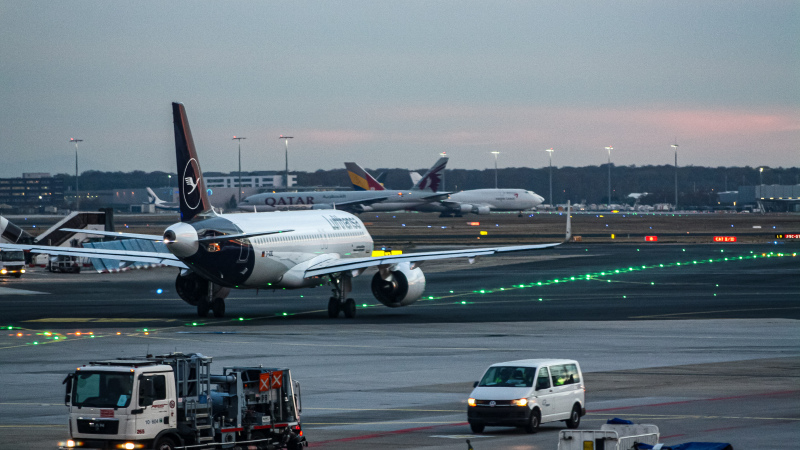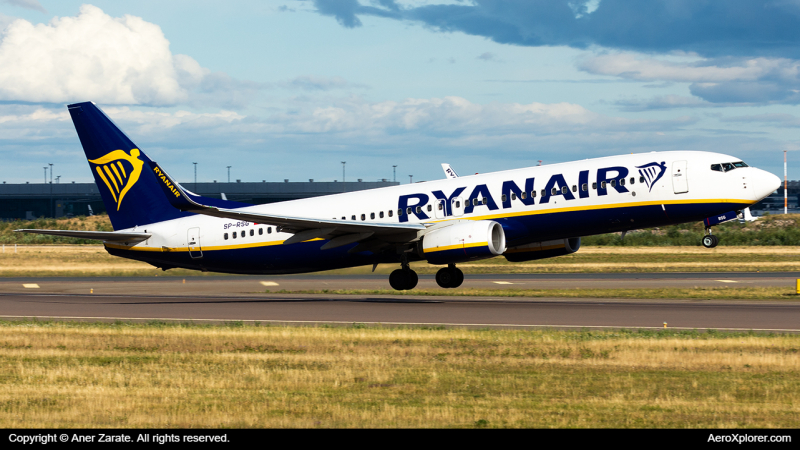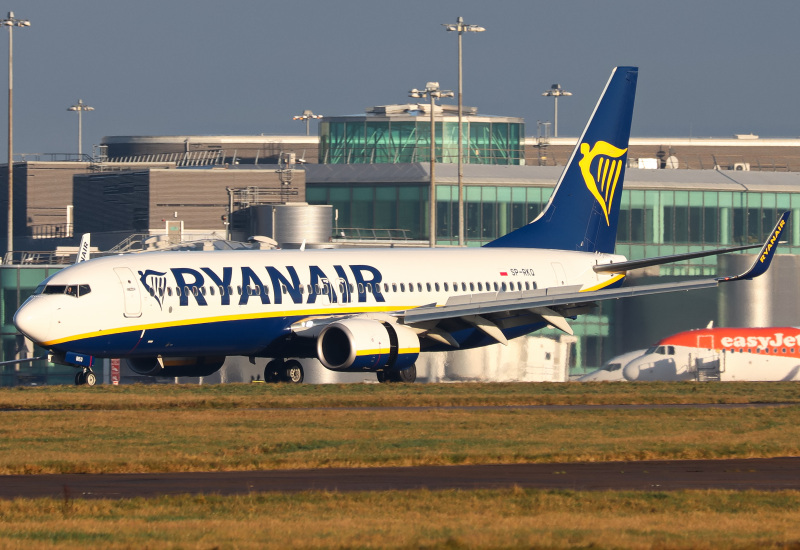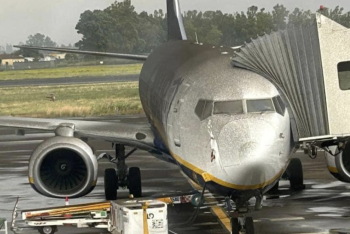The largest airport on the Italian island of Sicily — Catania Fontanarossa Airport (CTA) — re-opened on May 22 following the eruption of Mount Etna.

Mount Etna's Latest Eruption
In the early morning hours of Sunday, May 21, the tallest volcano in Europe, Mount Etna, began to erupt. The eruption, which was the most active in 30 years, spewed hundreds of tons of volcanic ash into the atmosphere above Sicily. This prompted ENAC, the Italian aviation authority, to decide to close most of the airspace above Sicily due to the threat that volcanic ash poses to aviation.

The area of closed airspace due to ash in the atmosphere included Sicily's largest airport of Catania Fontanarossa Airport (CTA). The city and airport are located extremely close to Mount Etna, just 35 kilometers (21 miles) from the mountain's volcanic basin.
It is due to this that shortly after the eruption, a thick layer of volcanic ash began to settle around the city of Catania and the surrounding area of the volcano. At this point, airport operations had already been suspended due to the anticipation of the settling of ash onto airport premises, and ash in the airspace surrounding Fontanarossa airport.
Threats of Volcanic Ash
Volcanic ash poses an extreme threat to aircraft due to the finite and abrasive nature of the particles that comprise it. If an aircraft is flying through volcanic ash, the particles will typically rub against the fuselage, causing damage.

The abrasive nature of the particles can also damage an aircraft's windscreen (cockpit windows), and engine components such as the fan blades. This can severely hamper an aircraft's aerodynamics and ability to fly.
For example, if volcanic ash accumulates enough in an aircraft's engines, the sticky particles can clog the air intake, preventing the blades from spinning.

Despite the closure of Catania's main airport, Falcone-Borsellino Airport (PMO) in the nearby city of Palermo remained open, with the airport's flights operating mostly on time.
The volcanic ash being ejected from Mount Etna was being blown from the volcano — which is on the Eastern coast of Sicily — out into the Mediterranean Sea. Since Catania is South-East of Mount Etna, it experienced a thick layer of volcanic ash, while Palermo did not experience any due to it being on the opposite side of the wind flow.
Catania Airport (CTA) Re-Opened to Air Traffic at 9 AM.
On the morning of May 22, the Italian aviation authority (ENAC) re-opened Sicilian airspace. At 7:00 a.m., an official announcement was made by Fontanarossa Airport through their social media accounts stating "...From 9 am the airport will be operational again and flight operations will be restored, with initial limitations...delays may occur..."
Photos shared to social media from Fontanarossa airport showed aircraft that had been stranded on the ground during the volcanic eruption. As for Fontanarossa airport's runway, it is most likely that the ash was cleared off via a combination of natural forces and runway plowing machines similar to those that clear snow in more northerly countries.

Following the eruption of Mount Etna and the re-opening of Fontanarossa Airport, no airlines that fly to Catania have made any public statements regarding their aircraft or operations at Catania. As of Thursday, May 25, 2022, it is not known whether or not airlines provided their passengers any additional accommodations and/or re-bookings due to the disruptions.
Export Development Canada Secures Aircraft Repossession in Nigeria Under Cape Town Convention » Could You Survive a Plane Crash? The Unlikely Science of Plane Crash Survival » Thousands of Flights Impacted as Winter Storm Blair Hits U.S. »
Comments (0)
Add Your Comment
SHARE
TAGS
NEWS Catania Italy Italian Aviation Airport Volcano Natural DisastersRECENTLY PUBLISHED
 Could You Survive a Plane Crash? The Unlikely Science of Plane Crash Survival
With air travel consistently being heralded as the safest form of public transport, most of us do not board a plane pondering our chances of survival in the event of a crash. But, is it possible to survive one?
INFORMATIONAL
READ MORE »
Could You Survive a Plane Crash? The Unlikely Science of Plane Crash Survival
With air travel consistently being heralded as the safest form of public transport, most of us do not board a plane pondering our chances of survival in the event of a crash. But, is it possible to survive one?
INFORMATIONAL
READ MORE »
 Maldivian Airlines Introduces First-Ever Widebody Aircraft, Plans New China Flights
Maldivian, the government-owned national airline of the Maldives, has just welcomed its first-ever wide body aircraft: the Airbus A330-200. With the new aircraft, the carrier also plans brand-new long haul international flights to China.
NEWS
READ MORE »
Maldivian Airlines Introduces First-Ever Widebody Aircraft, Plans New China Flights
Maldivian, the government-owned national airline of the Maldives, has just welcomed its first-ever wide body aircraft: the Airbus A330-200. With the new aircraft, the carrier also plans brand-new long haul international flights to China.
NEWS
READ MORE »
 Thousands of Flights Impacted as Winter Storm Blair Hits U.S.
Winter Storm Blair has unleashed a huge blast of snow, ice, and freezing temperatures across the Central and Eastern United States.
As of Sunday afternoon, over 6,700 flights and counting have been disrupted. This includes cancelations and significant delays leaving passengers scrambling to change flights and adjust travel plans.
NEWS
READ MORE »
Thousands of Flights Impacted as Winter Storm Blair Hits U.S.
Winter Storm Blair has unleashed a huge blast of snow, ice, and freezing temperatures across the Central and Eastern United States.
As of Sunday afternoon, over 6,700 flights and counting have been disrupted. This includes cancelations and significant delays leaving passengers scrambling to change flights and adjust travel plans.
NEWS
READ MORE »





